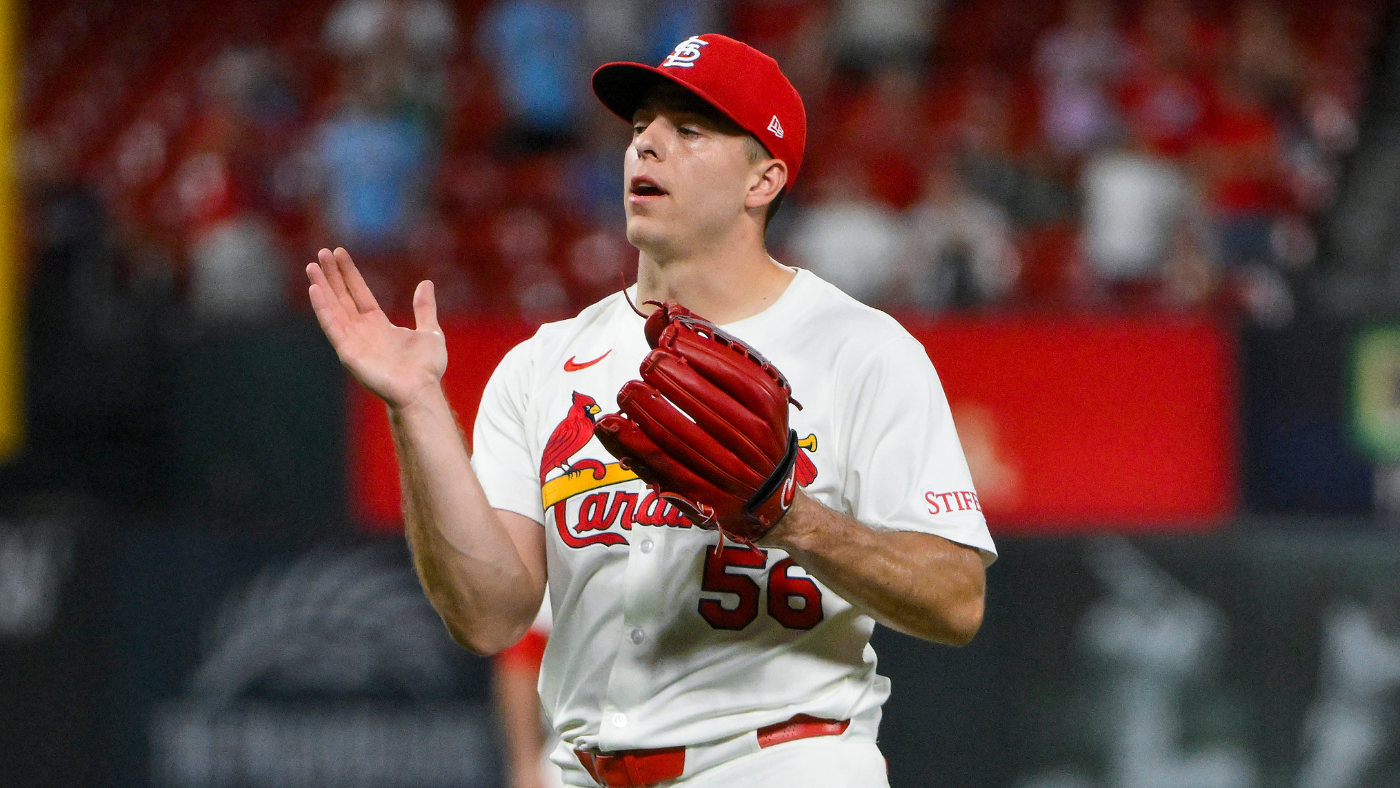The Major League Baseball trade deadline has once again delivered a seismic shift, with the New York Mets making a significant move to acquire closer Ryan Helsley from the St. Louis Cardinals. This high-profile transaction immediately alters the landscape of the National League pennant race, signalling the Mets’ aggressive intent to bolster their bullpen and solidify their playoff aspirations. Our in-depth analysis delves into the intricate details of this trade, evaluating its immediate impact on both franchises and dissecting the implications for the remainder of the season.
For the New York Mets, the acquisition of Ryan Helsley represents a pivotal moment in their pursuit of the National League East title. Helsley joins a revamped bullpen that now features a formidable array of arms, including the return of Edwin Díaz. This strategic enhancement provides manager Carlos Mendoza with an arsenal of late-inning options, crucial for navigating the high-pressure scenarios of a competitive division race. The Mets clearly view this as an essential piece in their ‘arms race’ to contend, demonstrating a willingness to sacrifice future assets for immediate contention.
While Ryan Helsley remains one of the most coveted relievers available, a closer look at his recent performance reveals subtle signs of potential decline. His strikeout and walk rates have both regressed compared to previous seasons, and a noticeable increase in his hard-hit percentage suggests batters are making more impactful contact. Despite these metrics, Helsley has skillfully adapted his pitching style, notably shifting towards generating more ground balls, which has helped mitigate some of the potential damage. These underlying statistics warrant consideration, though they may not become a significant factor until long-term contract discussions.
From the St. Louis Cardinals’ vantage point, this trade appears to be a judicious decision, securing a commendable return for a relief pitcher with only a half-season of control remaining. While the package received might not boast the immediate name-brand recognition of other deadline deals, it promises tangible production and future upside. The Cardinals have strategically replenished their prospect pool, focusing on acquiring young talent that could significantly contribute to their long-term rebuilding efforts. This move reflects a pragmatic approach to asset management, maximizing value from a player likely to depart in the near future.
The centerpiece of the Cardinals’ return is Jesus Baez, a promising 20-year-old right-handed infielder. Baez brings versatility, having experience across all non-first-base infield positions. His current slash line of .242/.332/.390 across Low- and High-A belies his legitimate power potential, evidenced by his ability to hit home runs to all fields. Despite being young for his respective leagues, Baez has demonstrated impressive plate discipline, maintaining a remarkably low strikeout rate of just 16.3%. While his ultimate defensive home remains to be determined, third base appears to be his most likely long-term position, offering a blend of power and defensive potential.
Joining Baez in the Cardinals’ haul is Nate Dohm, a 23-year-old right-handed pitcher selected in the 19th round of the 2024 draft. Dohm’s repertoire features a mid-90s sinker, a changeup that effectively functions as a splitter, and a pair of breaking balls, all delivered from a distinctive low release point. Splitting his season between Low- and High-A, he has posted a respectable 3.04 ERA and a solid 3.10 strikeout-to-walk ratio, primarily in a multi-inning relief capacity. The Cardinals are expected to keep Dohm in the bullpen, focusing on refining his command and maximizing his unique arm slot for future impact.
Ultimately, this trade exemplifies the calculated risks and strategic positioning common at the MLB trade deadline. The Mets have boldly invested in their present, acquiring a proven late-inning arm to fortify their championship aspirations. Conversely, the Cardinals have prioritized their future, securing two promising prospects who could become foundational pieces for years to come. The success of this deal for both clubs will be measured not just in immediate results but also in the long-term development of the acquired talent, shaping the competitive landscape for seasons to come. It’s a classic win-now versus win-later scenario playing out in real-time.






Leave a Reply